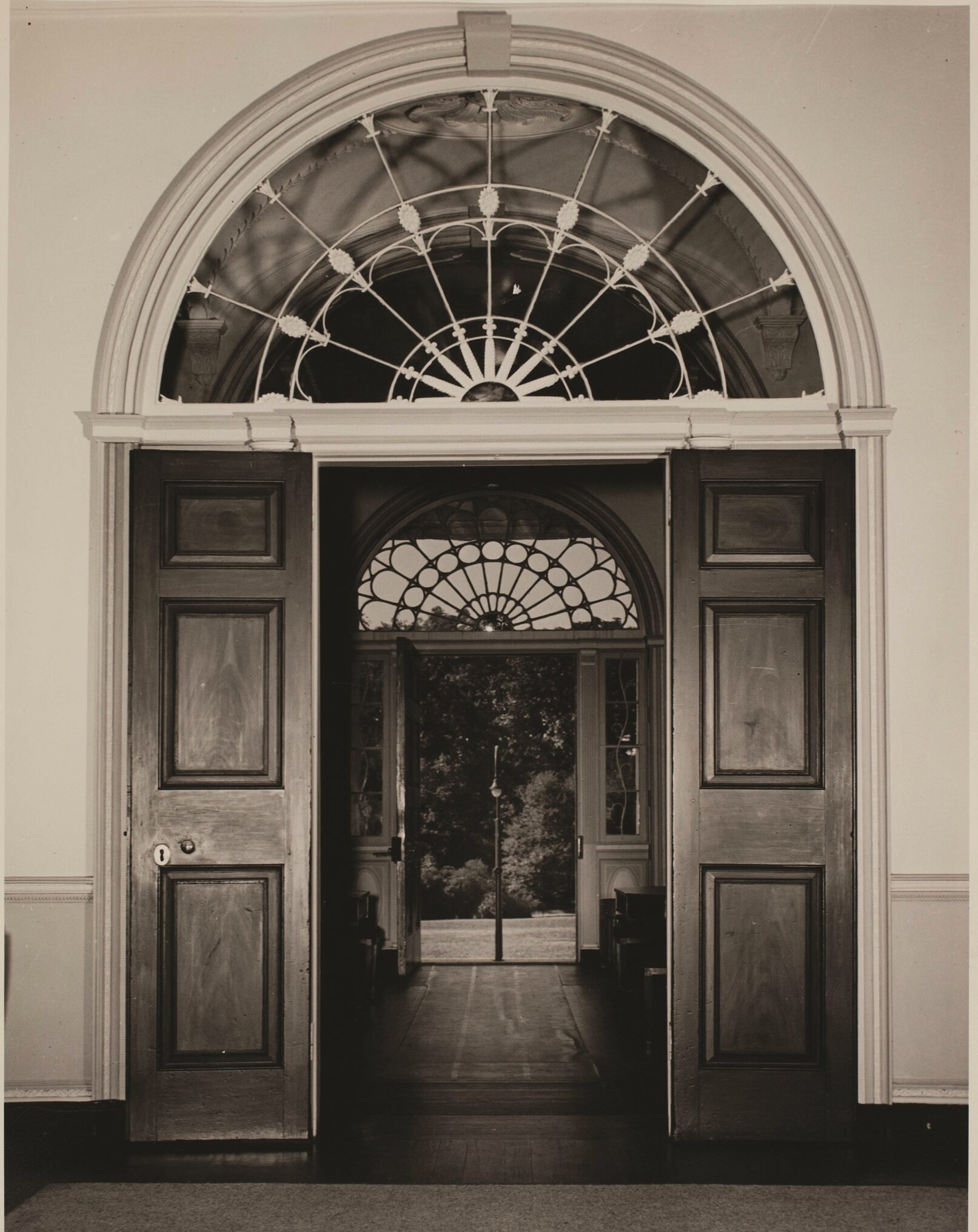
On October 21, Homewood Museum will open If Homewood’s Walls Could Talk: A History of an American House, a new exhibition exploring the house’s full 224-year history. Beginning with its construction in 1801 for the family of Declaration of Independence signer and enslaver Charles Carroll of Carrollton, through its 1902 acquisition by Johns Hopkins University, to its 1980s restoration and launch as a historic house museum, the house has served many functions. Using archival photography, textiles, student diaries, historic documents, furniture, oral histories, and more, the exhibition will provide an overview of nine distinct eras in the house’s history. Developed to be in dialog with the 250th anniversary of the United States, as well as the university’s sesquicentennial, If Homewood’s Walls Could Talk allows the house to tell its own story through the voices of the people who have lived, worked, and learned inside its walls.
In anticipation of the exhibition’s opening, here’s a preview of a few of the objects that will be on view. To make plans to visit Homewood and view the exhibition, click here.
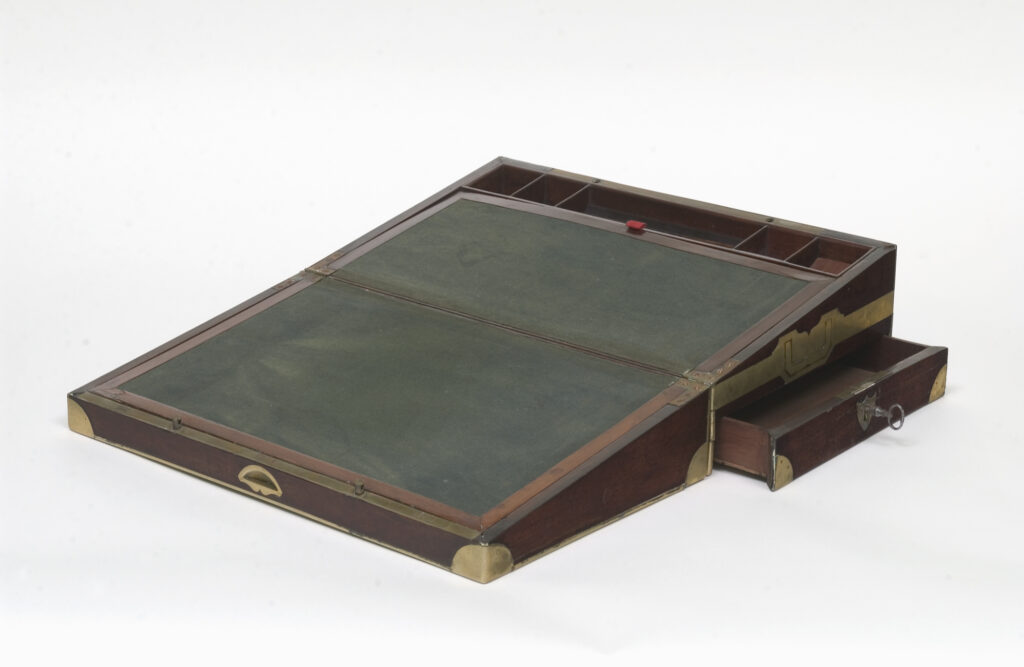
This portable writing desk, featuring the Carroll family crest, was once owned by Charles Carroll of Carrollton, the father of Charles Carroll of Homewood. Carroll was the only Catholic and the longest-lived Signer of the Declaration of the Independence. It is not known how Carroll used this desk or what he may have written on it. However, the idea that he may have penned letters relatedto the American Revolution or national congressional proceedings on it remain a part of its lore.
Portable writing desk, ca. 1800, Unknown English artist; Mahogany, brass, baize; Homewood Museum.
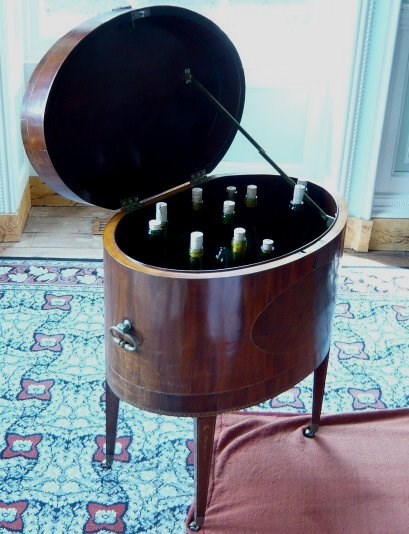
In the 1930s, Homewood underwent a major historic renovation for its first incarnation as a museum. The 1932 installation, funded by antiques collector Francis P. Garvan, was not intended to accurately depict the Carrolls’ time at Homewood with its furnishings. Rather, this incarnation of the house sought to emphasize the beauty of American antiques using objects such as this cellarette.
Cellarette, ca. 1800, Unknown Baltimore maker, Mahogany (primary wood), Homewood Museum.
This diary, part of a set, was kept by Johns Hopkins University undergraduate student, William Grauer, a member of the class of 1936. Grauer’s diaries provide a vivid depiction of daily life on campus around the time that Homewood Museum started to serve as the university’s president’s office.
Diaries, ca. 1931, William Grauer (American, 1915-2011), Ink on paper, Ferdinand Hamburger University Archives, Johns Hopkins University Sheridan Libraries
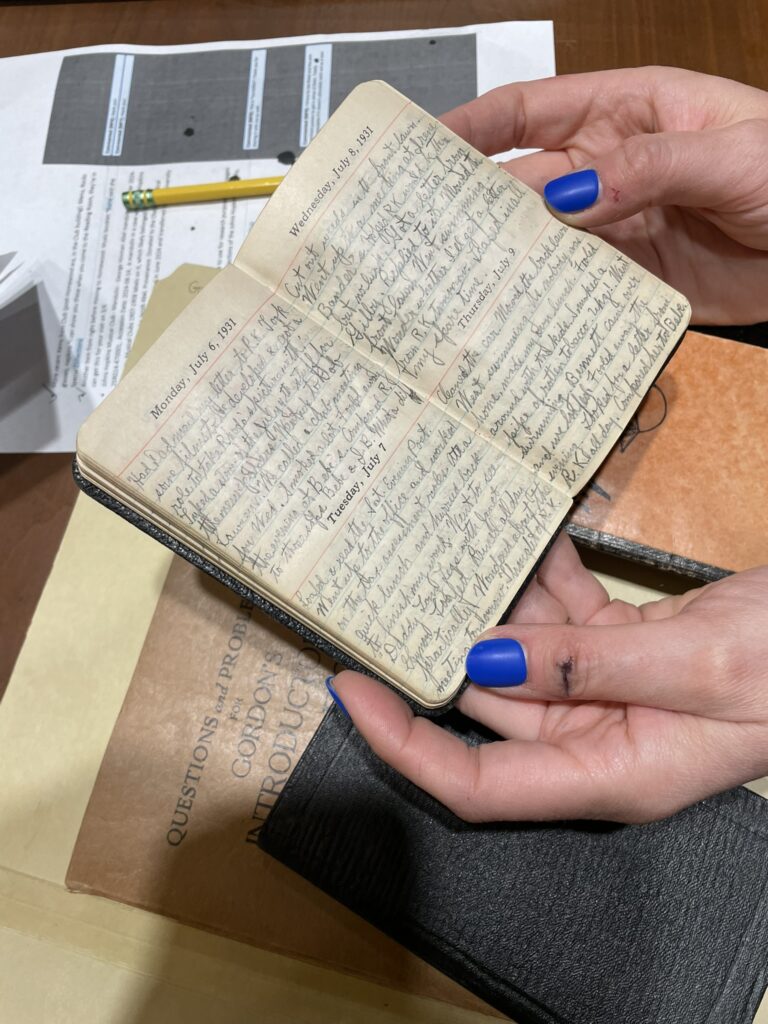
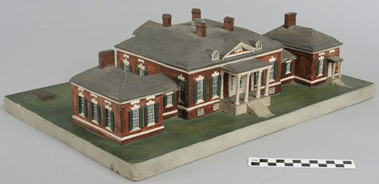
The Historic American Building Survey (HABS) was founded in 1933 through the Works Progress Administration to create jobs for unemployed citizens. HABS was one of Congress’s earliest efforts to preserve the nation’s cultural heritage by creating architectural models and renderings of historically significant buildings, including Homewood.
Artist’s Model of Homewood, ca. 1939-1943, Works Progress Administration Artist for the Historic American Building Survey, Painted wood, gesso, Homewood Museum.
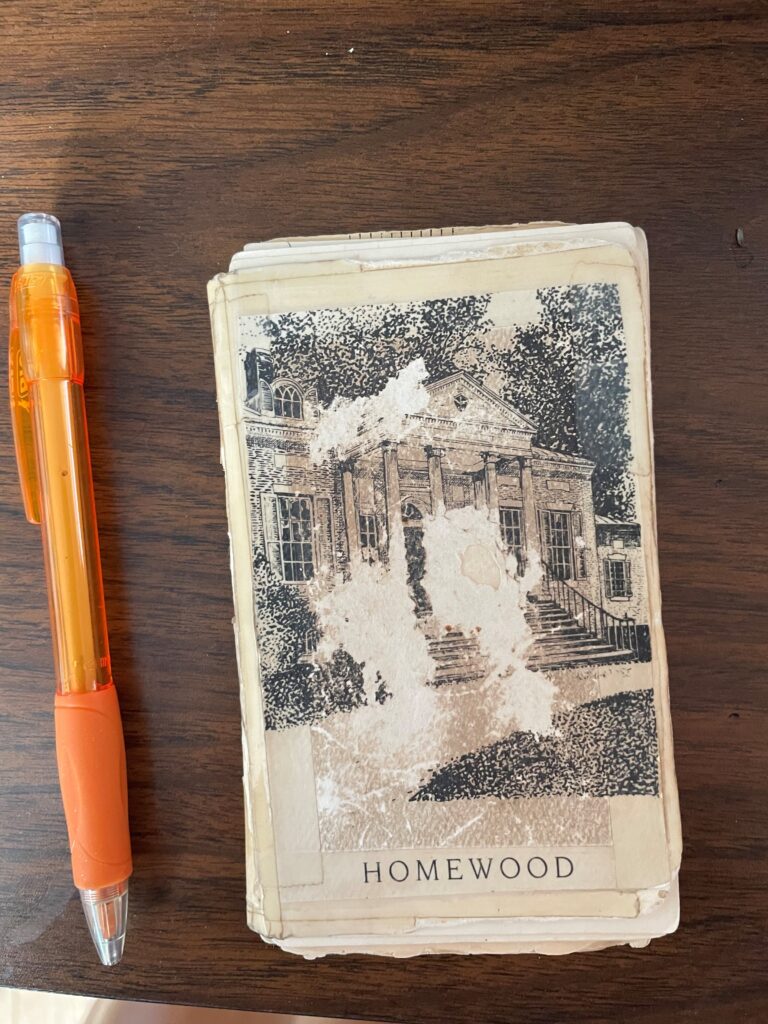
When Homewood opened as a museum in 1987, the first cohort of museum guides needed to be trained. These volunteers trained with staff to learn the history of the house, the objects in the collection, and how to connect this information with the visitors they met. This unknown guide’s notes were well-used and pocket-sized, perhaps as a study tool during training.
Museum Guide’s Notebook, ca. 1987, Unknown guide, Index cards, pen, graphite, paper, tape, Homewood Museum.
